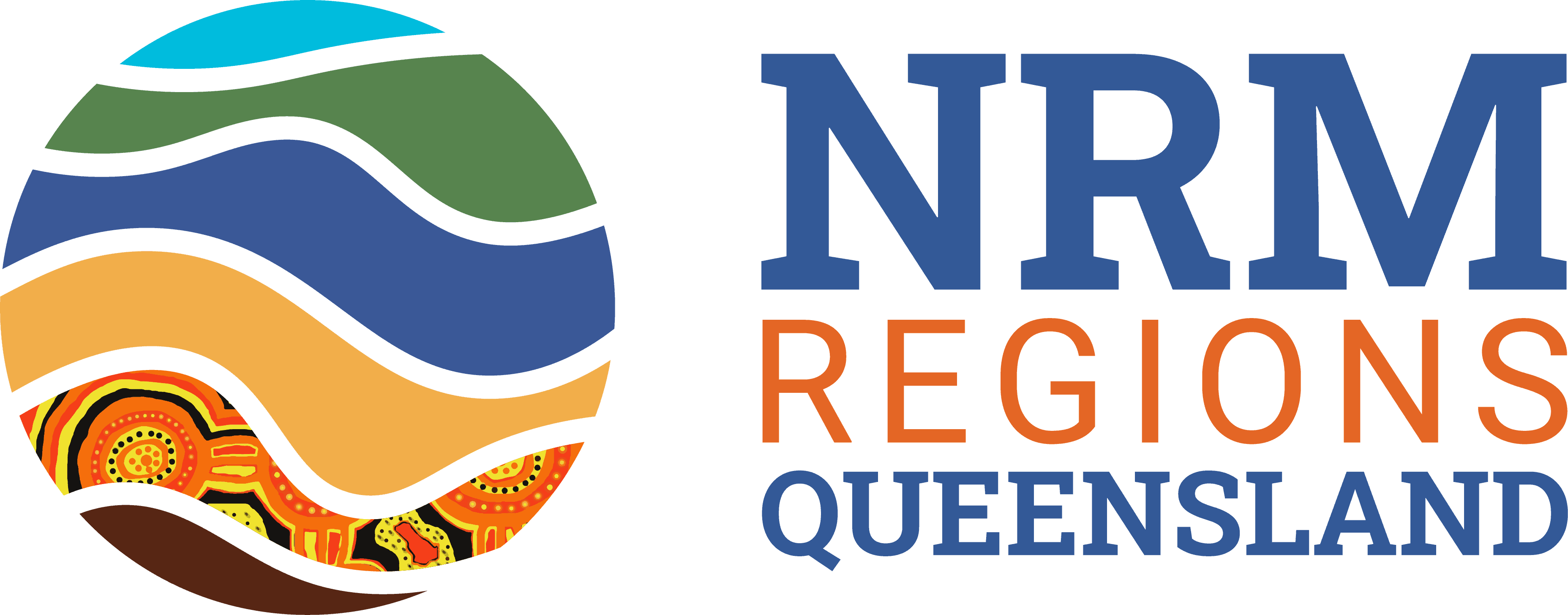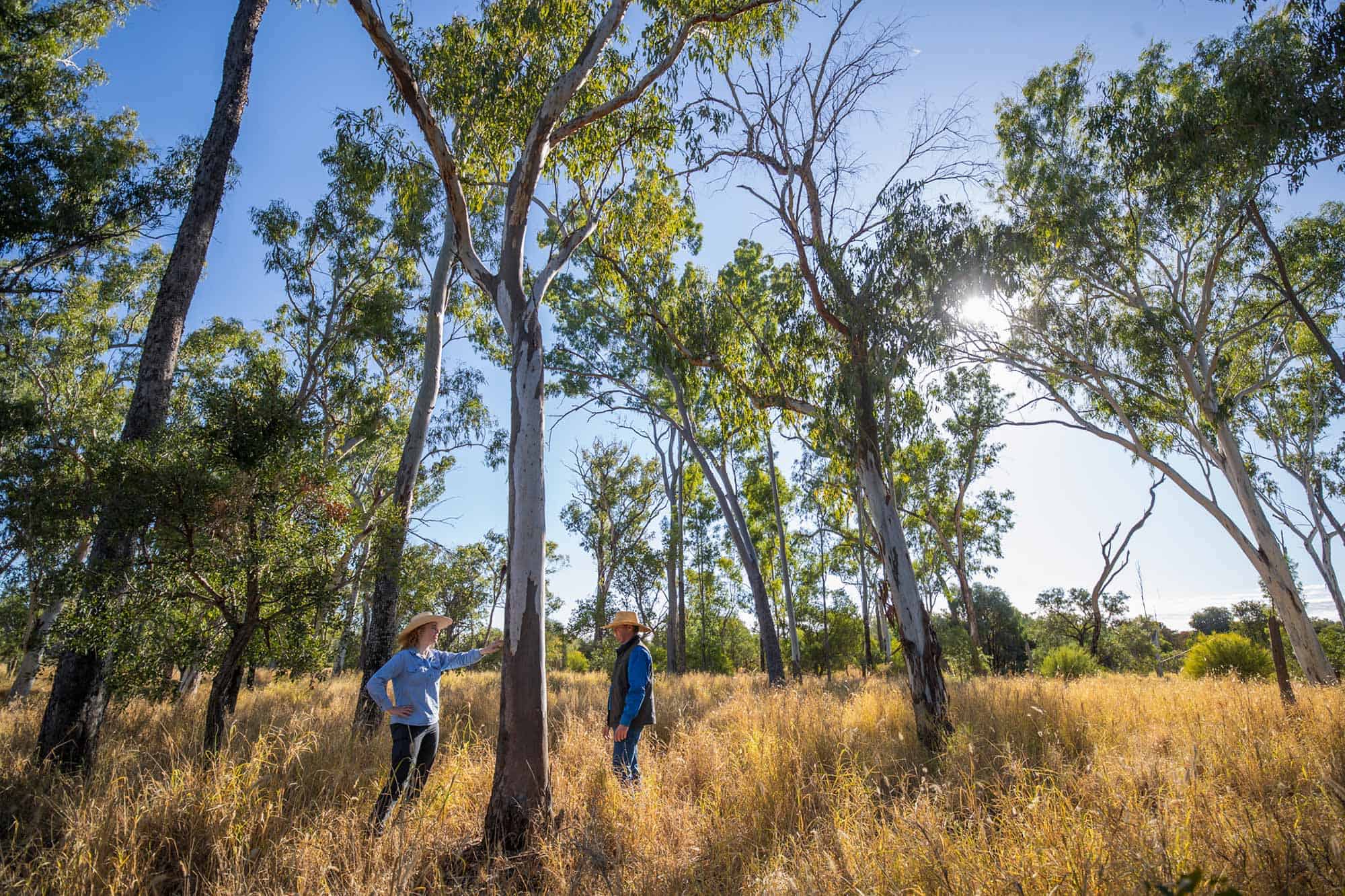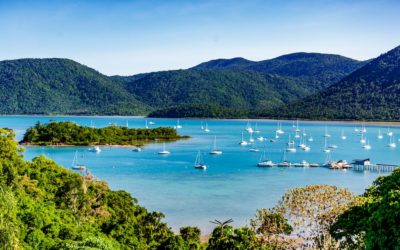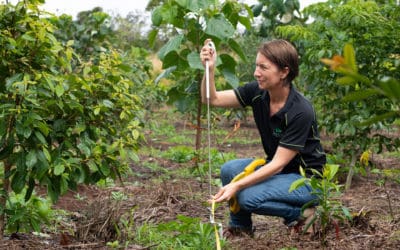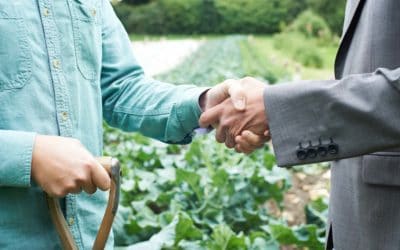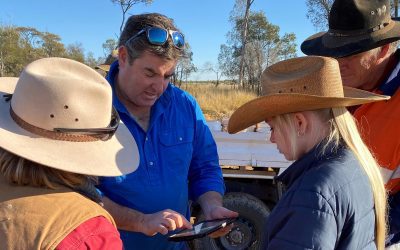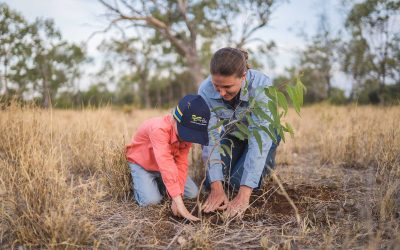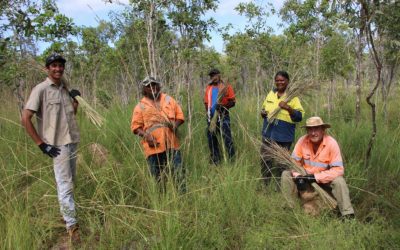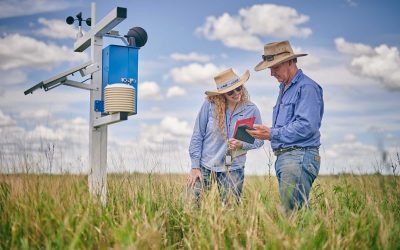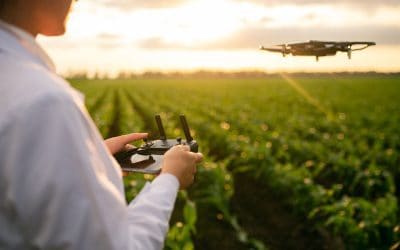Impact
Measuring the impact of our natural resource management work can sometimes be a challenge. It’s one thing to count the number of trees planted or cubic metres of weeds removed, but it’s another thing entirely to quantify impacts on the condition of land or on people’s quality of life.
Measuring the improved condition of our natural resources
That’s one of the reasons we’ve worked with the Queensland Government to deliver the State-wide Indicators Framework (SWIF). SWIF – the first of its kind in Australia – allows us to quantify our impact. Through SWIF we know that we’ve planted nearly 100,000 trees across Queensland, but we also know we’ve improved land condition over 314,933ha of land and vegetation condition across 158,168ha – and that’s just through one funding stream – the Queensland Government’s Natural Resources Investment Program.
Measuring the economic impact of regional NRM in Queensland
In 2021, for the first time, Queensland’s regional NRM sector also quantified the impact that we have on regional economies, jobs, building local skills and capabilities and helping stakeholders better understand how to sustainably manage natural resources.
Some of this research focussed specifically on the economic impact of investment in regional natural resource management. We found that:
- $71.9 million is invested in NRM in Queensland annually from all sources
- This investment contributes an additional $183 million to the Queensland economy with $91.9 million value added.
- The regional NRM sector employs 268 FTEs but also creates an additional 367 FTEs, with nearly all of those roles created in Queensland’s regions where they are needed most.
- For every $1 of state funding, the NRM sector leverages another $4.20.
Benefit cost ratios for natural resource management in Queensland
Significantly, that research also calculated benefit cost ratios of investing in the environmental protection and land management work of Queensland’s regional NRM organisations.
For every one dollar invested in managing weeds, between $2.30 and $24.60 is returned to society. For habitat creation, the return on $1 is $5.60.
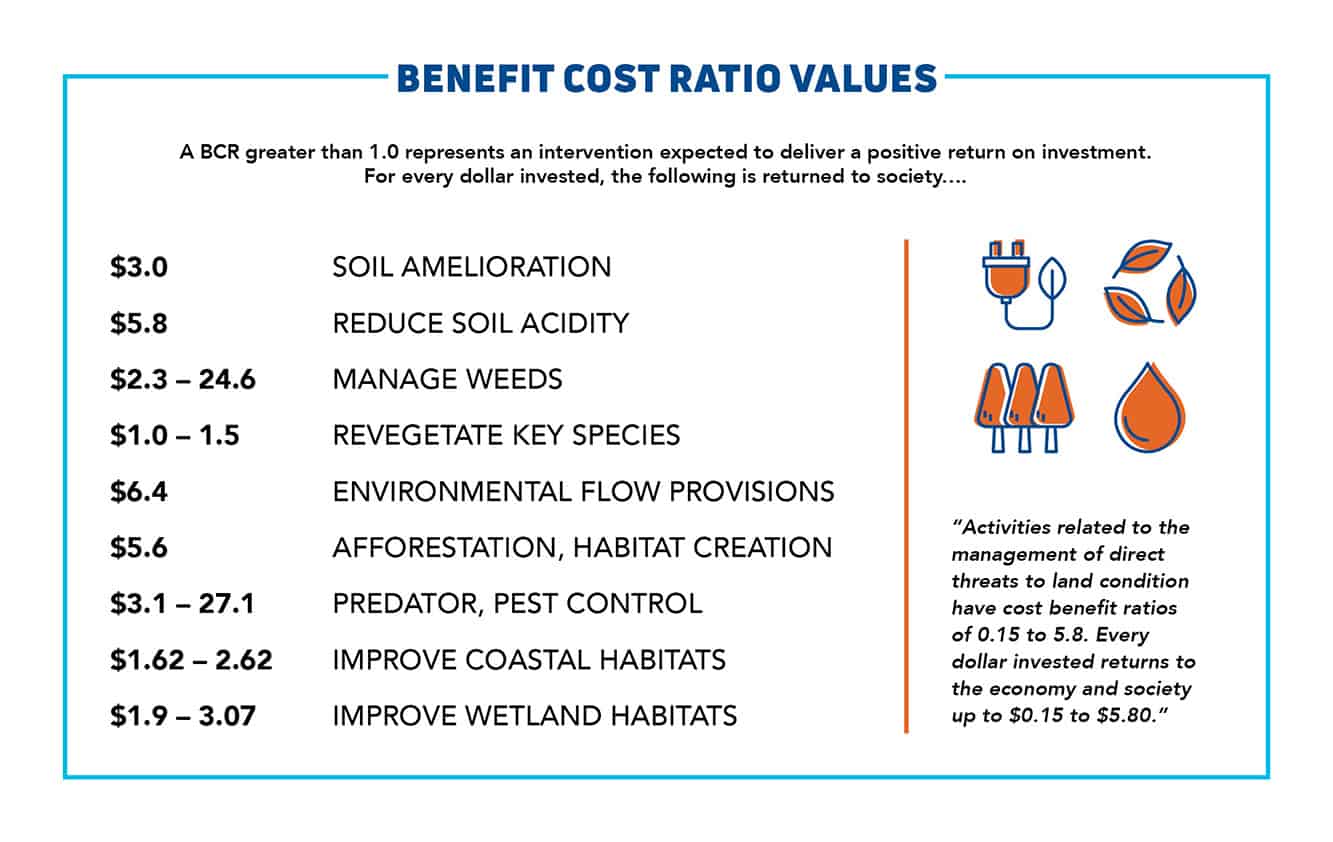
Our impact
Delivering outcomes for the Great Barrier Reef
Reef Catchments has delivered big outcomes for the Great Barrier Reef by working with graziers located in the O’Connell and Proserpine Basin.
NRM sector launches plan for Nurturing Nature: Cultivating Culture
A $196.4 million plan to improve Queensland’s natural resources.
Federal budget: Queensland’s NRM regions ready to deliver
Queensland’s regional NRM organisations are ready to deliver on the Australian Government’s budget commitments to sustainable land management and conservation.
Investing in NRM: economic benefits and ROI
Investing in regional natural resource management creates jobs, boosts the economy and results in leveraged funds. Investing in on-ground works also results in a significant return on investment. In 2021, consultants EY quantified some of these economic impacts for Queensland’s NRM sector.
NRM Regions Queensland 2021-22 Annual Report
A snapshot of programs delivered by NRM Regions Queensland for its members – the 12 regional NRM organisations in Queensland.
Traditional Owner employment
Queensland’s regional NRM organisations are committed to working with Aboriginal and Torres Strait Islander peoples.
Our regional NRM sector provides employment for more than 320 people across Queensland, many of them from rural and remote areas. Of these, nearly three percent identify as Aboriginal or Torres Strait Islander.
NRM market research: what stakeholders know and need
To be able to tell more compelling stories about natural resource management in Queensland, we first need to be able to understand our customers and stakeholders. In 2021, we undertook research to gather this data.
Regional NRM skills assessment
Regional NRM organisations boast a wide range of skill sets, but they also outsource a considerable number of skills to regional providers, creating employment where it’s needed most. In 2021 we conducted research to quantify these skills and the benefits of outsourcing to regional communities.
